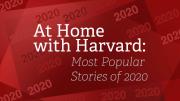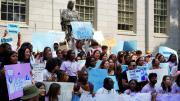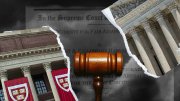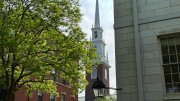2020 was a year none of us ever expected. I started working for Harvard Magazine as the digital content strategist in mid January and experienced about one and a half months in the office before we transitioned to working from home. I distinctly remember managing editor Jon Shaw coming to my office mid February, the look on his face serious, concerned. He told me that he’d spoken to a Harvard epidemiologist who thought the “virus in China” would become a “worldwide pandemic” that could take the lives of millions. Mere weeks later, I realized how on top of the news and latest research—much of it led by Harvard scholars—we were. Below you’ll find our most-read stories of the year, with commentary from our editors on how each of these articles came together under extraordinary circumstances.
~Kristina DeMichele, Digital Content Strategist
“Cooperating to Combat Coronavirus”
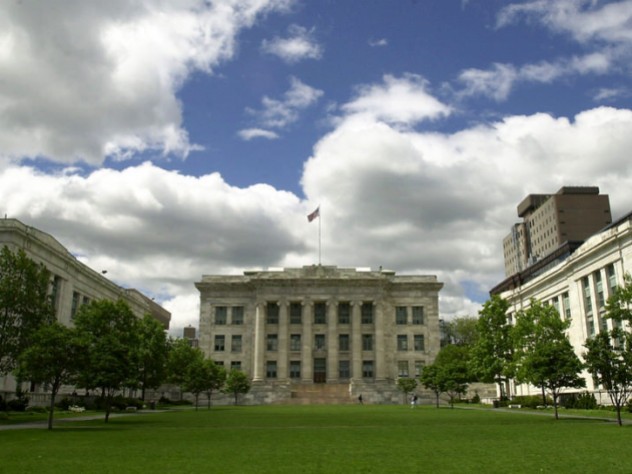
Photograph courtesy of Harvard Medical School
Harvard is an extraordinary place. Decades before the current pandemic began, basic research conducted at the University had laid the foundations for understanding the coronavirus family of viruses, whose spiked, crown-like appearance inspired the name. When the SARS pandemic erupted in 2002, Harvard researchers were the first to identify the receptor the virus used to enter human cells, and to predict the epidemiological trajectory of its spread. The value of such knowledge, which guides public-health measures that have already saved countless lives, and the development of vaccines and therapeutics that will save countless more, is hard to assess most of the time—until suddenly, unexpectedly, it proves invaluable.
“Failing the Coronavirus-Testing Test”
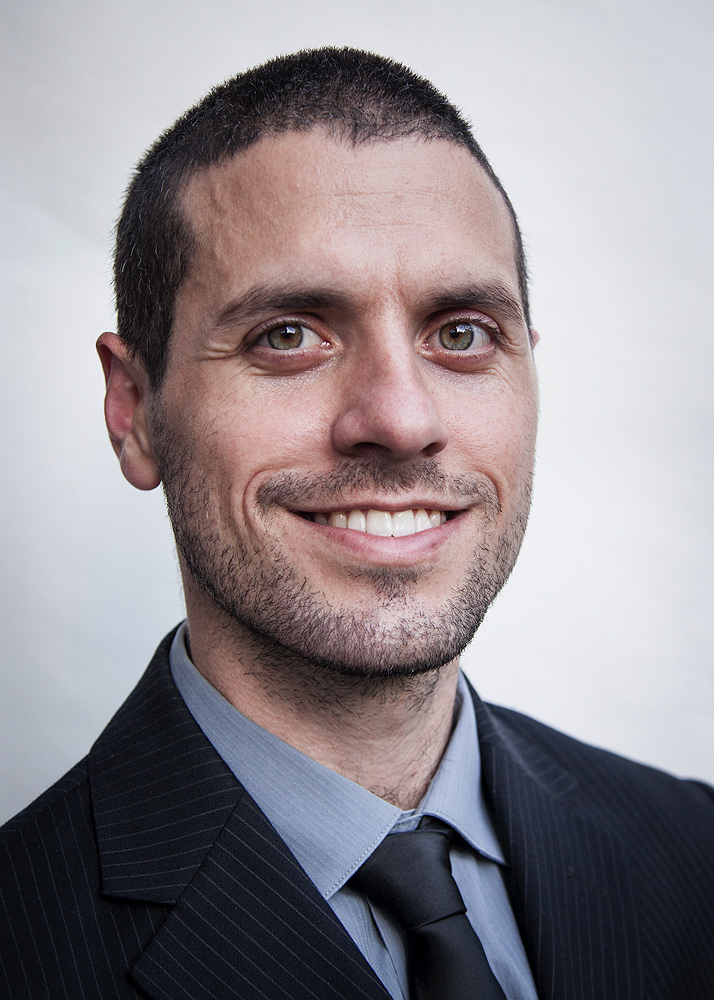
Michael Mina
Photograph by Sarah Storrer
When two of my colleagues said they had heard an interesting argument—Jacob Sweet on the radio, John Rosenberg in a podcast—that inexpensive, rapid coronavirus tests might be better for public-health purposes than the gold standard PCR tests currently in use, I decided to interview Michael Mina to find out why. His argument for federal support of large-scale deployment of $1 paper- and saliva-based tests was compelling—and may be a necessary tool, deployed synergistically with vaccines, for ending the pandemic.
“Healthy Plate, Healthy Planet”
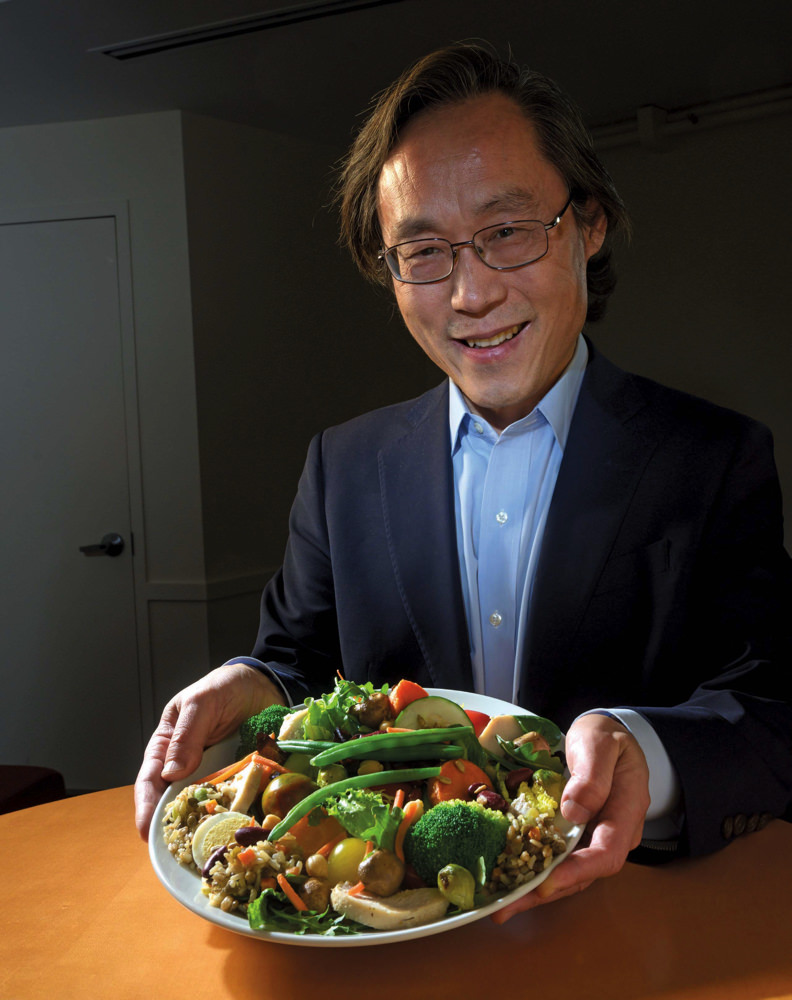
Hu believes a plant-based diet can help feed a growing population in a healthy, sustainable way.
Photograph by Jim Harrison
In this delightful profile, associate editor Jacob Sweet deftly weaves the personal with the professional as he tells the story of Frank Hu’s lifelong research into the health impacts of people’s eating patterns, and of his efforts to improve the dietary choices that Americans make every day.
“Active Grandparenting, Costly Repair”
Daniel Lieberman has spent much of his career studying how evolution has shaped the human body, turning Homo sapiens into biological machines endowed with endurance almost unparalleled in the animal kingdom. This has made him uniquely qualified to understand the paradox of rampant obesity in the modern era. Where many commentators lay the blame on labor-saving devices (which do play an important role), Lieberman looks beyond this to our highly evolved predilection for laziness: a survival mechanism honed across millennia of food-limited environments. Humans may be adapted to run, but have evolved to conserve energy. In this excerpt from his newest book, Lieberman extends his evolutionary perspective on physical activity to explain why exercise is so beneficial—even for grandparents.
~Jonathan Shaw, Managing Editor
“COVID-19 May Be Much More Contagious Than We Thought”

Art by Harvard Magazine/ JC; images by iStock
As usual, managing editor Jon Shaw was on top of all COVID-19 news as it happened. In this timely text, he reported on the possibility that the coronavirus was much more contagious—by a significant margin—than medical specialists had originally thought. Though transmissibility is affected by a number of environmental, social, and behavioral factors, the finding suggested presciently that states should be extra careful about when and how they open up.
“Why Do We Still Have the Electoral College?”
It’s no wonder my colleague Marina Bolotnikova’s online interview with Sterling professor of history and social policy Alexander Keyssar is one of our most-read posts of the year. In short order, Keyssar answers key questions about the Electoral College’s history and purpose, and why and how it still exists today. He also clears up common misconceptions while illuminating much less commonly discussed aspects of the unique system, like how voter suppression plays no role in a state’s overall voting power. “I don’t know of any system now that is even remotely as complicated,” he says. “[O]ur electoral system is just absurdly complex and distanced from its original design and the political world that it was designed for.”
~Jacob Sweet, Associate Editor
“From Lewis and Clark to Michael Brown”
I was delighted that “From Lewis and Clark to Michael Brown,” my feature profile of historian Walter Johnson and his new book on St. Louis, was one of our top stories this year. It may not be obvious from the text, but this was a very personal story for me. I grew up in St. Louis, and it was a revelation to hear the history of the city interpreted by Johnson (who’s also from Missouri) through the lens of racism. Many of my old friends in St. Louis loved this story and Johnson’s fresh, fiery take on the history that built up to the moment when 18-year-old Michael Brown was shot and killed in Ferguson in 2014. Johnson has a reputation for being an outspoken, radical voice at Harvard, and I tried to bring that out in the profile, too. I was worried before I met him that he’d be intimidating or unapproachable, but he turned out to be entirely plain-spoken and affable—a pleasure to get to know.
~Marina N. Bolotnikova, Associate Editor
“An Academic Path Forward Under Unprecedented Circumstances”
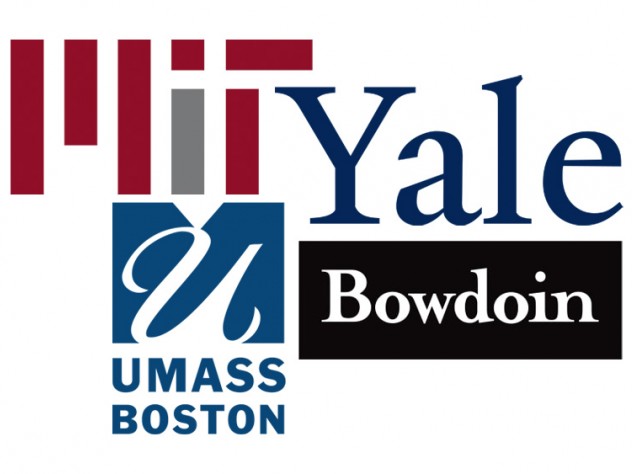
Logos for MIT, Yale University, Bowdoin College, and UMass Boston
As the University, students and professors, and staff members, pivoted from operating on campus in mid March, everyone naturally began speculating about how to conceive of academic operations in the fall—particularly for the College, with its rich traditions of undergraduates living, studying, dining, and pursuing extracurriculars in close proximity: ideal for learning and establishing lifelong friendships, but potentially lethal in a pandemic. University and College leaders took their time to study the campus configuration, the public-health outlook, and the conceivable conditions under which some teaching and learning could proceed: remote instruction, a sharply de-densified campus, and so on. As President Lawrence S. Bacow told the Faculty of Arts and Sciences during a fall meeting, “We’ve been faced with decision upon decision,” each rife with complexity—and each leading to largely unattractive outcomes. In an effort to inform readers about the options, the magazine published “Straws in the Wind” online shortly before the July 6 announcement that only first-year students and those unable to learn at home would be invited to return to Cambridge in the fall. It examined the very different choices and conditions facing a rural New England college (Bowdoin), a densely urban public campus (UMass Boston), a peer university college (Yale)—and, just downriver, MIT (with its heavy emphasis on laboratory-based and experimental teaching and learning). Each campus in its own way reflected the uncertainties facing its leaders as they sought, in unprecedented circumstances, to do the right thing for public health, for students’ and professors’ academic work, and for the surrounding community. Readers, hungry for information and context, responded by making this one of our most popular news posts of the year.
“The Pandemic’s Heavy Fiscal Price”
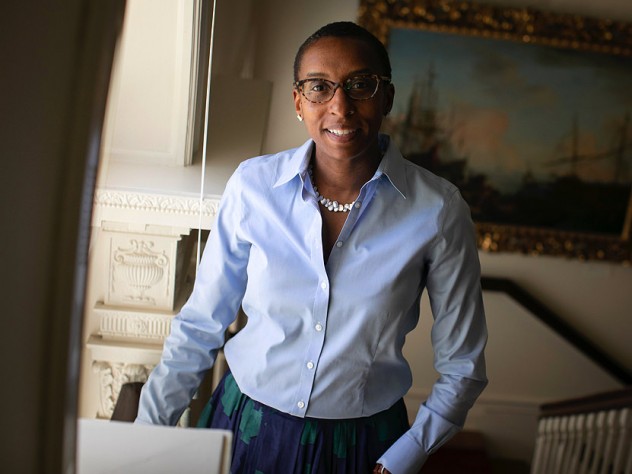
Faculty of Arts and Sciences dean Claudine Gay sets the stage for hard choices to come.
Photograph courtesy of Harvard Public Affairs and Communications
From its inception, the pandemic promised to impose costs on Harvard and other institutions of higher education beyond even the most severe challenges that arose during the 2008-2009 Great Recession and its aftermath. Then, the problem was financial: stomach-churning decreases in the value of endowments, huge holes in states’ budgets (which turned into a protracted period of cuts in public-university appropriations, and steep increases in their tuition charges). The pandemic, by contrast, made routine academic operations—in-person teaching, learning, and research—both unsafe and, over time, more expensive (building modifications, virus testing and tracing, personal protective equipment). The first sign of what was to come arrived via a message from President Lawrence S. Bacow, Provost Alan M. Garber, and Executive Vice President Katie Lapp, in mid April. They warned of declines in revenue, and the need to respond at once by freezing salaries and hiring, canceling discretionary spending, and more. Our dispatch provided a deep look at the Faculty of Arts and Sciences (facing emptied dorms and dining halls—and the associated rebates to students and families, the costs of maintaining service workers, the threat to the endowment, and the costs of pivoting to online learning), and a careful analysis of other institutions and the rest of the sector. In the event, some things turned out better than feared: the endowment held together; donors responded by supporting the institution; and research resumed, with safety protocols, faster than anyone could have envisioned in April (see “Crimson Red Ink”). But other outcomes were much worse: by May, Lapp was warning about revenue losses of as much as $750 million for the fiscal year begun July 1, 2020, driven in large measure by the decimation of in-person executive and continuing education operations across the University—and setting the stage for significant layoffs (which were subsequently averted). The pandemic is of course a human and health story; but it is also an institutional and financial one, and alumni and others who care about the University and its academic mission—more vital, and more challenged, than ever—read this initial financial dispatch, and its many successors throughout 2020, with deep interest.
~John S. Rosenberg, Editor
More from “At Home with Harvard”
- Spring Blooms: Your guide to accessing the Arnold Arboretum as the seasons turn in Boston
- Harvard in the Movies: Our favorite stories about Harvardians on screen
- The Literary Life: Our best stories about the practice and study of literature
- Night at the Museum: Our coverage of Harvard’s rich museums and collections
- Nature Walks: Walking, running, and biking in Greater Boston’s green spaces, even while social distancing
- Supporting Local Businesses: Our extensive coverage of local restaurants and retailers, and how you can support them during this time of crisis
- Medical Breakthroughs: Our best stories going deep into the ideas and personalities that will shape the medical care of tomorrow
- Rewriting History: From race and colonization to genetics and paleohistory, our favorite stories about the people reshaping the study of history
- The Climate Crisis: Highlights from our wide-ranging coverage of the environment
- Crimson Sports Illustrated: With 2020 winter sports ending early and the spring collegiate season wiped out almost entirely, we look back at Crimson highlights from past years.
- The Real History of Women at Harvard: Stories covering the admission of women, the Harvard-Radcliffe merger, the rise of women in the faculty ranks, Harvard’s first woman president, and more
- The Undergraduate: Our favorite student essays on the undergraduate experience
- The Secret Lives of Animals: From zoology and evolutionary science to animal-rights law to the joys of local wildlife, a selection of our favorite animal stories
- Harvard on the Small Screen: Our coverage of the creators, writers, and actors in your favorite TV shows
- Extraordinary Lives: From our “Vita” section, extraordinary profiles of authors, artists, activists, and more
- Great Legal Minds: Our favorite stories on the minds reshaping American law
- Harvard History through a New Lens: Some of our most notable stories about obscure, dark, or surprising episodes in Harvard’s history
- Health and Fitness: Our extensive coverage of Harvard’s breakthough health and wellness research
- Pride Month: Stories of Harvard's LGBTQ life, research and history
- Inequality in America: Stories of America’s extreme inequality
- The Immigrant Experience: A selection of our writing on immigration, displacement, and the global refugee crisis
- Harvard in the World: Harvard Magazine’s coverage of the University’s expanding global reach
- Theater & Broadway: Harvardians take to the stage.
- American Democracy: Our coverage of the nation's ailing democracy
- Traveling for the Story: Stories from all over the world
- Library Treasures: Our coverage of Harvard’s libraries, more relevant than ever in an online world
- Women in Sports: Celebrating women athletes raising the bar in their sports
- Back to School: Our coverage of the freshman experience at Harvard
- Remarkable Alumni: Some Harvard matriculants really took the road less traveled.
- Sounds of Music: A selection of our stories on musicians, composers, conductors, music scholars, and more
- Election Day: Our stories on the forces that shaped the presidential election in a year like no other
- Health Care in America: Our top stories on the crises in American health care
- The Art of the Profile: A selection of our readers’ and writers’ favorite longform profiles
